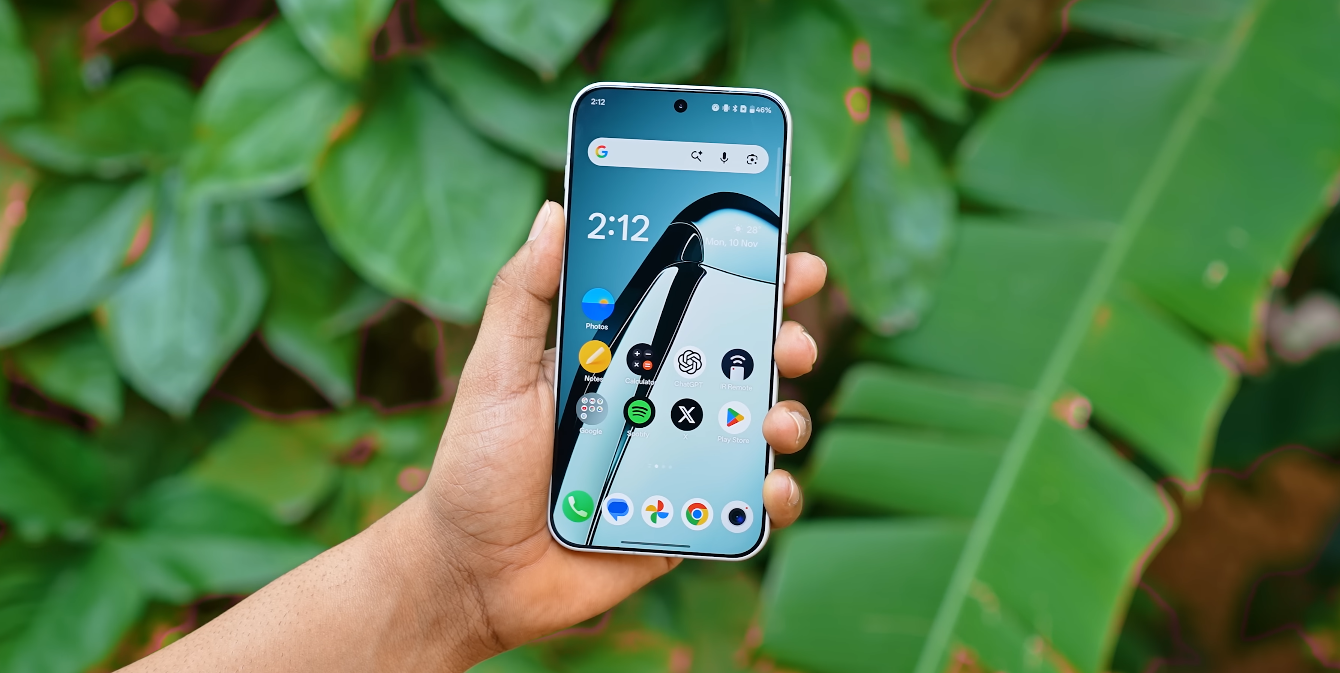OnePlus 15 environmental credentials: packaging, materials and sustainability

Assessing design decisions and long-term responsibility
The OnePlus 15 arrives at a time when environmental responsibility has become a key part of smartphone design and marketing. For buyers in the UK, sustainability considerations often go beyond basic packaging claims and extend into durability, repair support, materials sourcing and long-term software commitment. While the OnePlus 15 continues to present itself as a performance-driven flagship, it also reflects wider efforts by the company to improve its environmental footprint across different stages of the product lifecycle.
One of the most visible areas of progress is the packaging. OnePlus has gradually reduced the volume of printed inserts in its boxes and shifted toward simpler layouts that require fewer materials. Packaging for recent models has emphasised recyclable cardboard and reduced plastic usage, and the OnePlus 15 follows this direction. The design aims to minimise waste during unboxing while protecting the device for transport. The compact packaging approach also supports more efficient shipping, contributing to reductions in emissions linked to transport and storage.
In terms of materials, durability is a central sustainability factor. Smartphones that last longer reduce the need for replacement, lowering the environmental cost associated with manufacturing new devices. The OnePlus 15 features a reinforced chassis structure and scratch-resistant display glass, which together help increase the device’s usable lifespan. The back panel and frame components are designed to withstand daily wear, reducing the likelihood of accidental damage leading to early device retirement. A longer service life directly supports a more sustainable ownership cycle.

The device also benefits from OnePlus’s ongoing improvements to battery management and performance efficiency. Software-driven charging optimisation aims to preserve battery health over time, reducing capacity loss associated with daily charging habits. By slowing battery ageing, the OnePlus 15 can maintain strong endurance for longer, delaying the need for battery replacement or device upgrade. This approach aligns with sustainability goals that focus on extending product longevity through both hardware design and intelligent software tuning.
Repairability continues to be a key concern in evaluating environmental impact. While the OnePlus 15 is not a fully modular device, it is supported by an established repair network and access to authorised service parts in major markets. Screen replacements, battery servicing and port repairs are common procedures offered through official channels. Availability of authorised repair services helps reduce the number of devices that would otherwise be discarded when a single component fails. Ensuring continued access to spare parts is an essential part of sustainable device management.
Software support is also an important aspect of environmental responsibility. Extended software updates delay the need for hardware replacement by keeping the device secure, functional and compatible with new applications. The OnePlus 15 is expected to receive multiple years of major Android updates and ongoing security patches. This commitment helps maintain performance and usability for a substantial ownership period, reinforcing sustainability through longevity rather than rapid upgrade cycles.
For users transitioning to the OnePlus 15 from older devices, trade-in programmes play a role in the sustainability story. OnePlus offers schemes that allow users to return their previous handsets, which are then assessed for refurbishment, resale or responsible recycling. This keeps usable devices in circulation longer and ensures that materials from non-functional units are reclaimed rather than entering landfill streams. Trade-in systems form an increasingly important part of how modern manufacturers manage product life beyond initial ownership.
Responsible sourcing of materials remains a complex area for the smartphone industry, and OnePlus has publicly reported ongoing work to monitor supply chains for compliance with ethical and environmental standards. While the OnePlus 15 itself does not introduce a new materials sourcing framework, it benefits from the broader corporate focus on supplier auditing and certification. Visibility into the sourcing of key components such as metals and semiconductors helps underpin sustainability commitments beyond the device’s physical construction.
Energy efficiency also contributes to reduced environmental impact during everyday use. The OnePlus 15’s processor and display are optimised to adjust power draw depending on activity, ensuring that the device does not consume energy unnecessarily. Adaptive refresh rate behaviour and background process management are designed to balance performance and efficiency. This not only helps extend battery life but also reduces overall power consumption over the life of the device.
In summary, the OnePlus 15 reflects incremental but meaningful steps toward a more sustainable smartphone proposition. Reduced packaging waste, durable materials, long battery health support, repair access, extended software life and trade-in pathways all contribute to lowering its environmental impact. While the device does not solve the broader challenges of electronics manufacturing, it does provide users with pathways to reduce waste and extend usable lifespan. For buyers who value both performance and thoughtful lifecycle design, the OnePlus 15 offers a balanced approach to sustainability in the flagship category.





